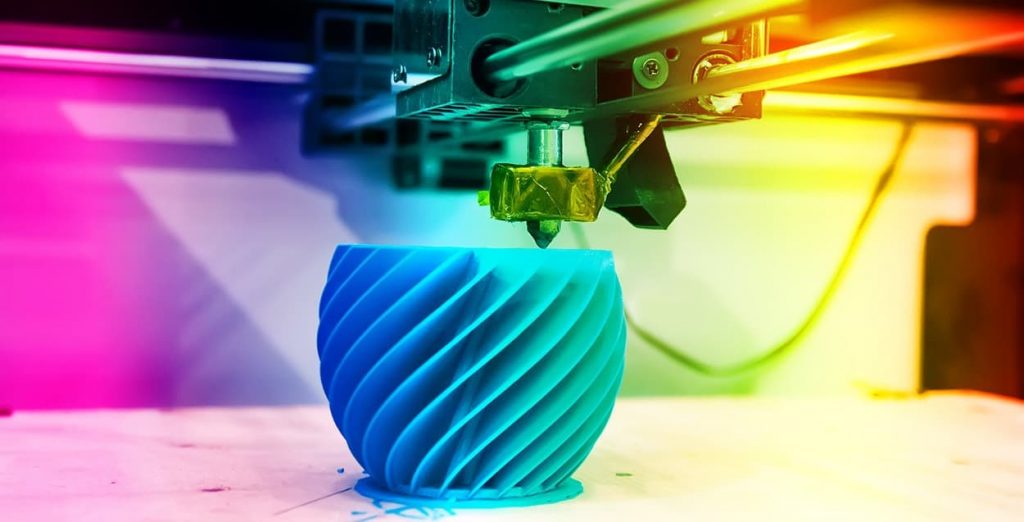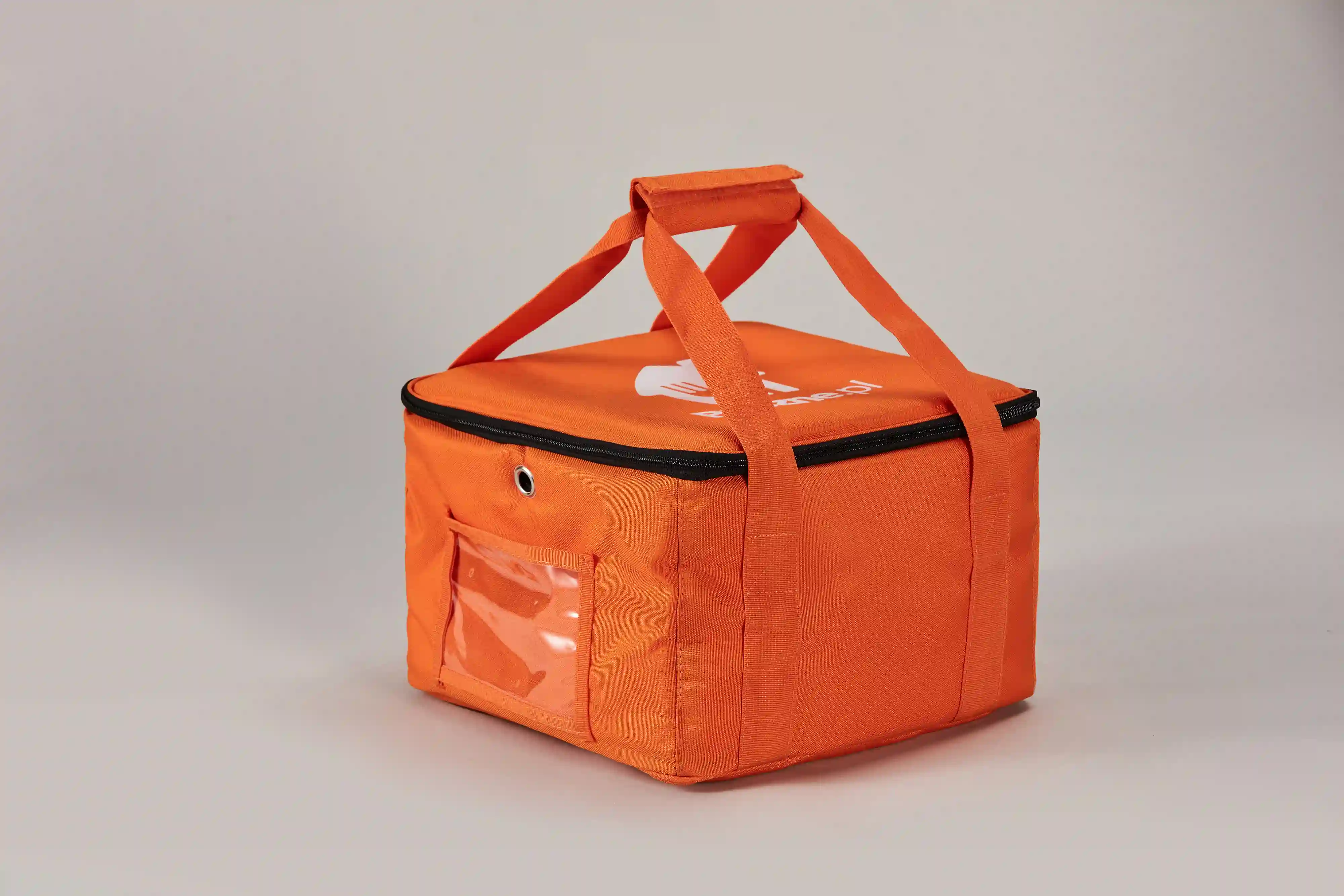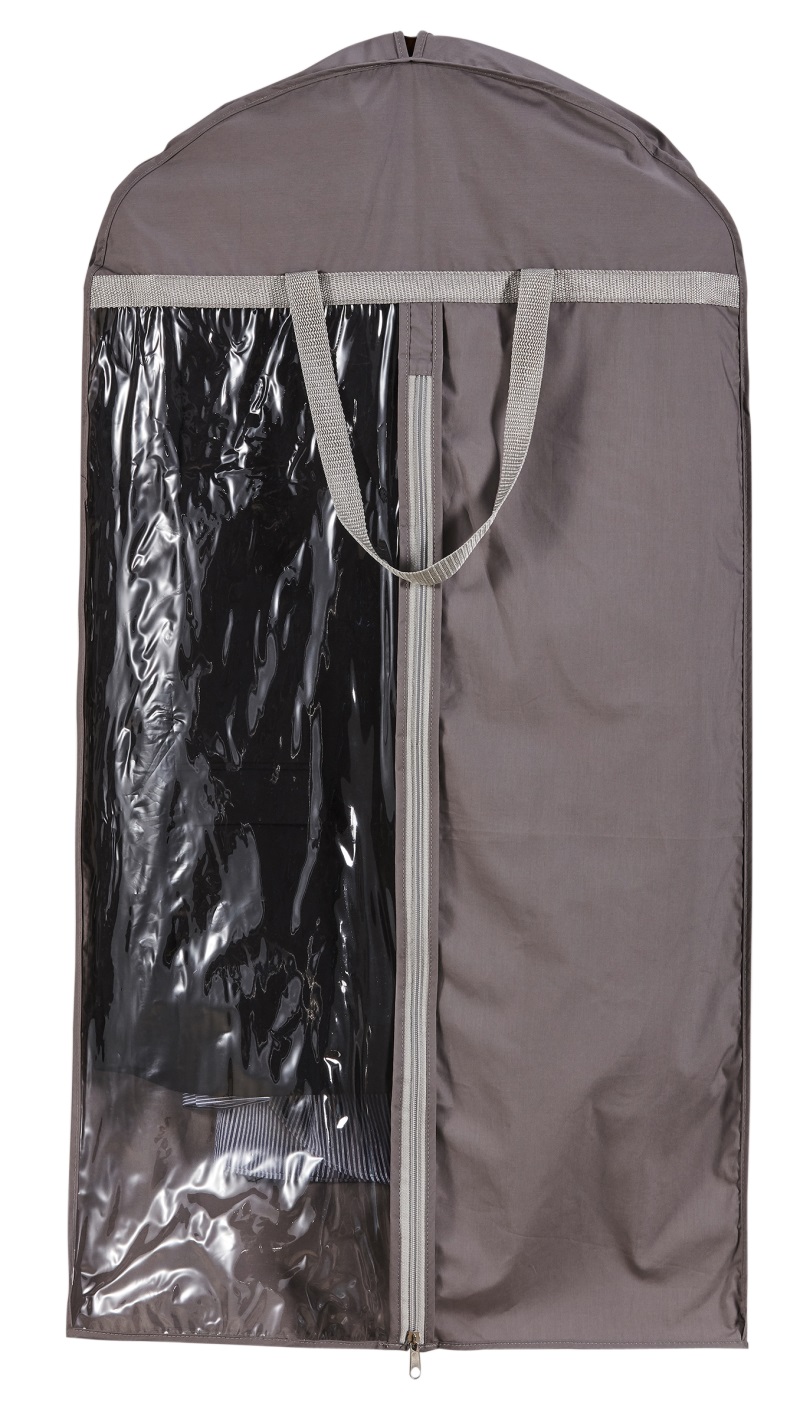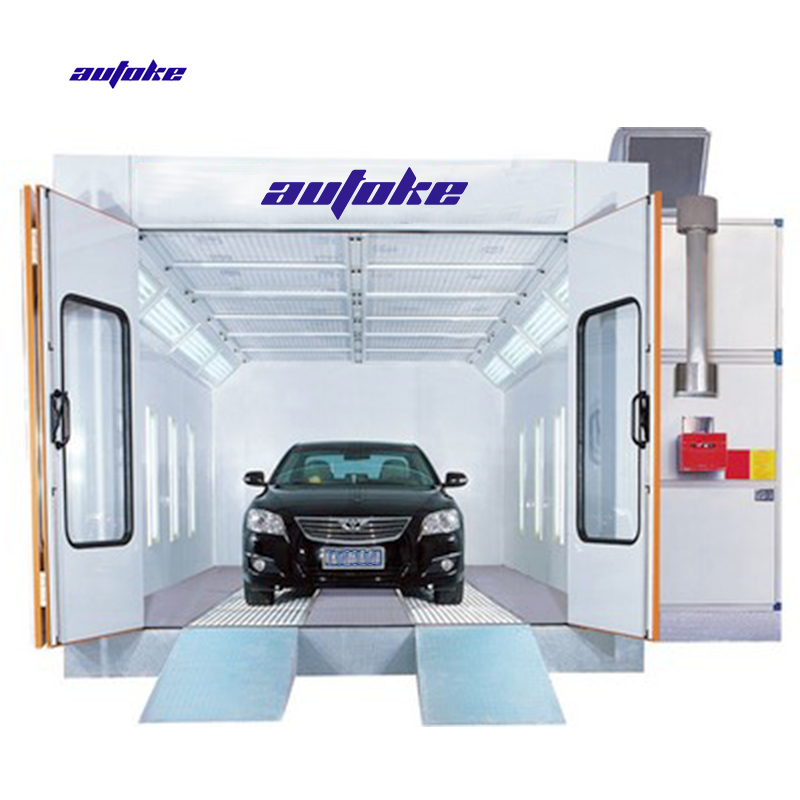
In the ever-evolving world of 3D printing, choosing the right material is crucial for successful and efficient printing. With a wide range of options available, it can be overwhelming to determine the easiest material to use. In this comprehensive guide, we will delve into the realm of 3D printing materials and explore the most user-friendly and accessible option for beginners and professionals alike.
- PLA (Polylactic Acid): The Champion of Simplicity
When it comes to ease of use, PLA stands out as the go-to material for 3D printing enthusiasts. Derived from renewable resources such as cornstarch or sugarcane, PLA offers a myriad of advantages. Its low printing temperature requirement, minimal warping, and excellent layer adhesion make it a hassle-free choice for beginners. Additionally, PLA is known for its biodegradability and wide availability in various colors and finishes, making it a versatile option for a range of applications. - PETG (Polyethylene Terephthalate Glycol): The Perfect Balance
For those seeking a material that combines the best of both worlds, PETG is an ideal choice. PETG offers improved durability and impact resistance compared to PLA, while still maintaining a relatively low printing temperature. Its excellent layer adhesion and minimal shrinkage during printing make it a user-friendly material. PETG is also known for its transparency, making it suitable for applications that require optical clarity. Whether you're printing functional prototypes or artistic creations, PETG strikes a balance between ease of use and performance. - TPU (Thermoplastic Polyurethane): Flexibility and Simplicity Combined
When it comes to printing flexible and elastic objects, TPU is the material of choice. TPU offers excellent flexibility, allowing for the creation of functional prototypes, wearable devices, and even shoe soles. Despite its flexible nature, TPU is relatively easy to print with, thanks to its low printing temperature and minimal warping. Its ability to withstand repetitive bending and stretching makes it a popular choice for applications that require resilience and durability. - Nylon: The Versatile Workhorse
While nylon may require slightly more advanced printing techniques, it offers unparalleled versatility and strength. Nylon is known for its durability, chemical resistance, and low friction properties. It is commonly used in industrial applications, such as manufacturing functional parts and prototypes. With proper printer calibration and settings, nylon can be successfully printed, providing users with a material that is both reliable and robust.
Conclusion:
In the realm of 3D printing, choosing the easiest material to work with is essential for achieving successful prints. PLA, PETG, TPU, and nylon each offer unique advantages, catering to different needs and applications. Whether you're a beginner or an experienced user, these materials provide a solid foundation for your 3D printing journey. Experiment, explore, and unleash your creativity with the easiest material that suits your specific requirements.


